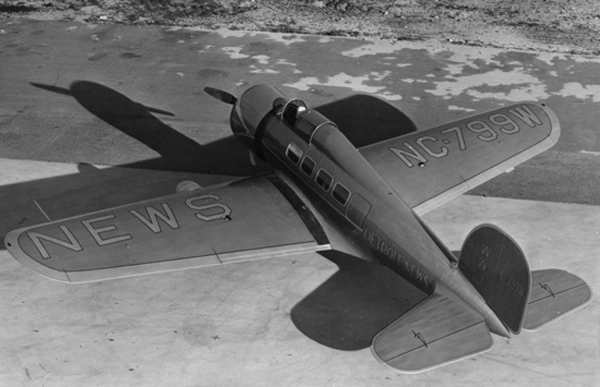Crash of a Lockheed 18-50 LodeStar near Santa Clarita: 3 killed
Date & Time:
Sep 11, 1950
Registration:
N13Y
Survivors:
No
Schedule:
Los Angeles – Burbank – San Diego
MSN:
18-2180
YOM:
1942
Crew on board:
2
Crew fatalities:
Pax on board:
1
Pax fatalities:
Other fatalities:
Total fatalities:
3
Circumstances:
The twin engine aircraft was en route from Los Angeles to Burbank with two pilots and one passenger. It was scheduled to make a stop in Burbank to pick up passengers before continuing to San Diego. As the crew did not receive the permission to start the descent to Burbank-Hollywood Airport, he stacked in a holding pattern southwest of Santa Clarita when the aircraft hit the Mt Rocky Peak. The aircraft was destroyed and all three occupants were killed. The airplane was owned by the American Aviator Jacqueline Cochran who was not on board at the time of the accident.


